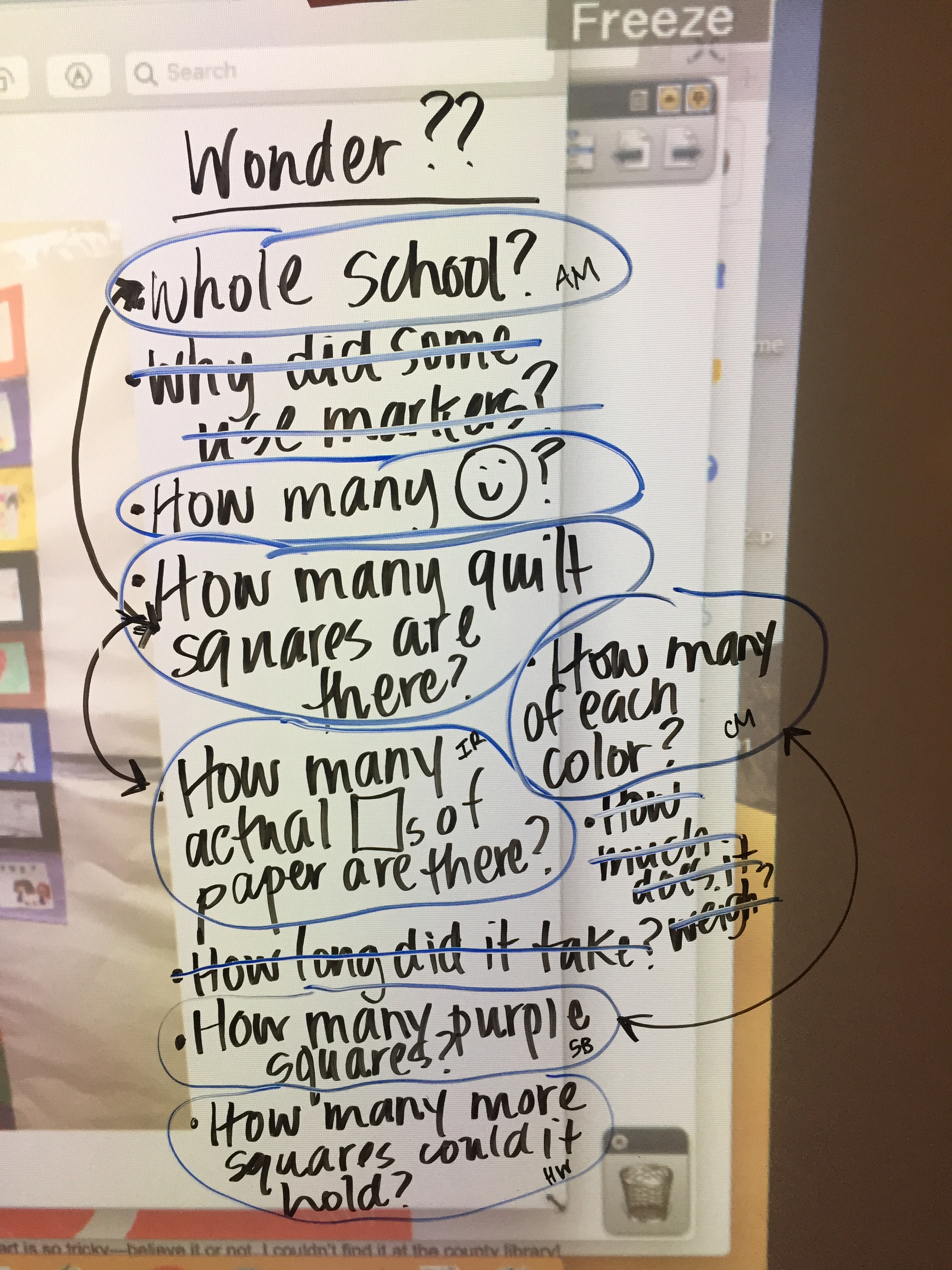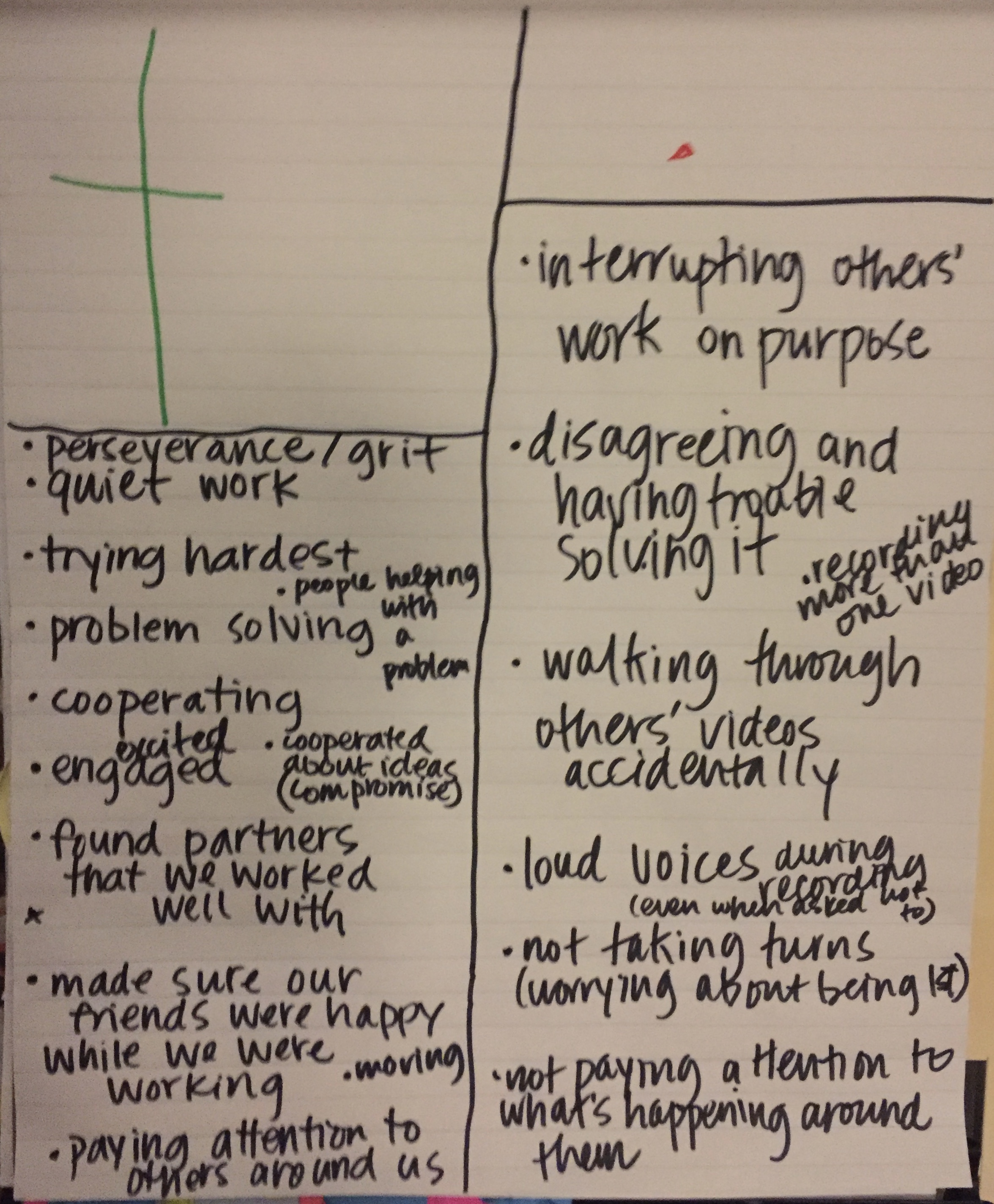I was thinking about a suuuppppeeerrr cute shirt that was delivered today:

Of course, the first thing I thought was about how I already miss my old team, but also how excited I am about the prospects of a new one and what we will accomplish together this year. I thought of all the young teachers and learners that will start with me next month—and how I get to tell them all I’m their teacher on Monday!
And then I thought about how weird it feels to say “3rd grade strong” or “I’m on the 3rd grade team.”
Don’t get me wrong, I am totally on board with the strong and the team part, but the 3rd grade part feels very strange in my mouth. Saying it doesn’t yet roll off my tongue.
I’ve taught primary for lots of years, and always felt perfectly confident claiming the “1st and 2nd teacher” title, I knew exactly what the meant: I teach kids to read, lots of kids loose their teeth, I encourage independence and problem solving rather always looking to the teacher for help, there are still sometimes tears because we’re not first in line (this is of course not an exhaustive list 😀). If I heard someone else claiming the title also, I could immediately commiserate or celebrate with whatever story they were telling.
The same thing happens with “4th and 5th grade teacher.” I spent almost a decade on that end of the elementary spectrum, building on what had happened in primary—extending learning and challenging kiddos to do great things with those basic skills they had developed early on. I knew that being an “intermediate teacher” meant dealing with new hormones and drama, but also being able to be more sarcastic, have deeper conversations about books and current events, and teach a really great unit on multiplying and dividing fractions (really—I still miss working through that one with 5th grade mathematicians!).
That same thing doesn’t happen now. I know some of this comes from not actually haven’t been a 3rd grade teacher yet, but I think some of it is also the “between” nature of third grade. It’s not a primary grade anymore; I’ve heard all about how this is the year we begin to read to learn, since we’ve already learned how to read. It’s a year of great transition and growing, both socially and academically. Thirds graders are still little enough to really love their teacher and love school, but are old enough to push a little further, so harder things. But it’s not yet a true “upper grade”, and all that comes with that.
That brings me to the title of the post. I wonder if 3rd grade is a little like being in kindergarten again. Just like when kiddos bring their preschool suitcase with them to the primary grades—ready to be big kids and do “real” school—3rd graders are doing that same thing as they begin their intermediate journey. Their bags are fuller now: stuffed with reading and writing strategies, lessons they’ve learned about how to be good friends and have a growth mindset, math skills and memories of their “firsts”—when they did great things for the first time and were really surprised.
What does that mean for me as I embark on this journey with them, as a first time traveler as well? I’m at the same transition stage as my students, only I know both what has been and what will come a few years down the line. I wonder what this “between” time will do for me as both a teacher and a learner. What tools will I add to my own toolbox? What skills and strategies will be in my suitcase at the end of this year that aren’t there now?
You know what? Not knowing is kind of the best part. I’m heading out on a new adventure, uncharted territory of sorts, jumping into the deep end of a pool in which I’ve never swum (or is it swam?? Sorry grammar police 👮). I am going to do new things that I know will be hard and might feel impossible. I’m going to attempt things that will fail, but also accomplish things I never thought possible. Just like my students will. And they will be there to celebrate with me, cheer me on along the way and pick me up when I fall. And I will do the same for them. We’ll do it together. 😀








































































